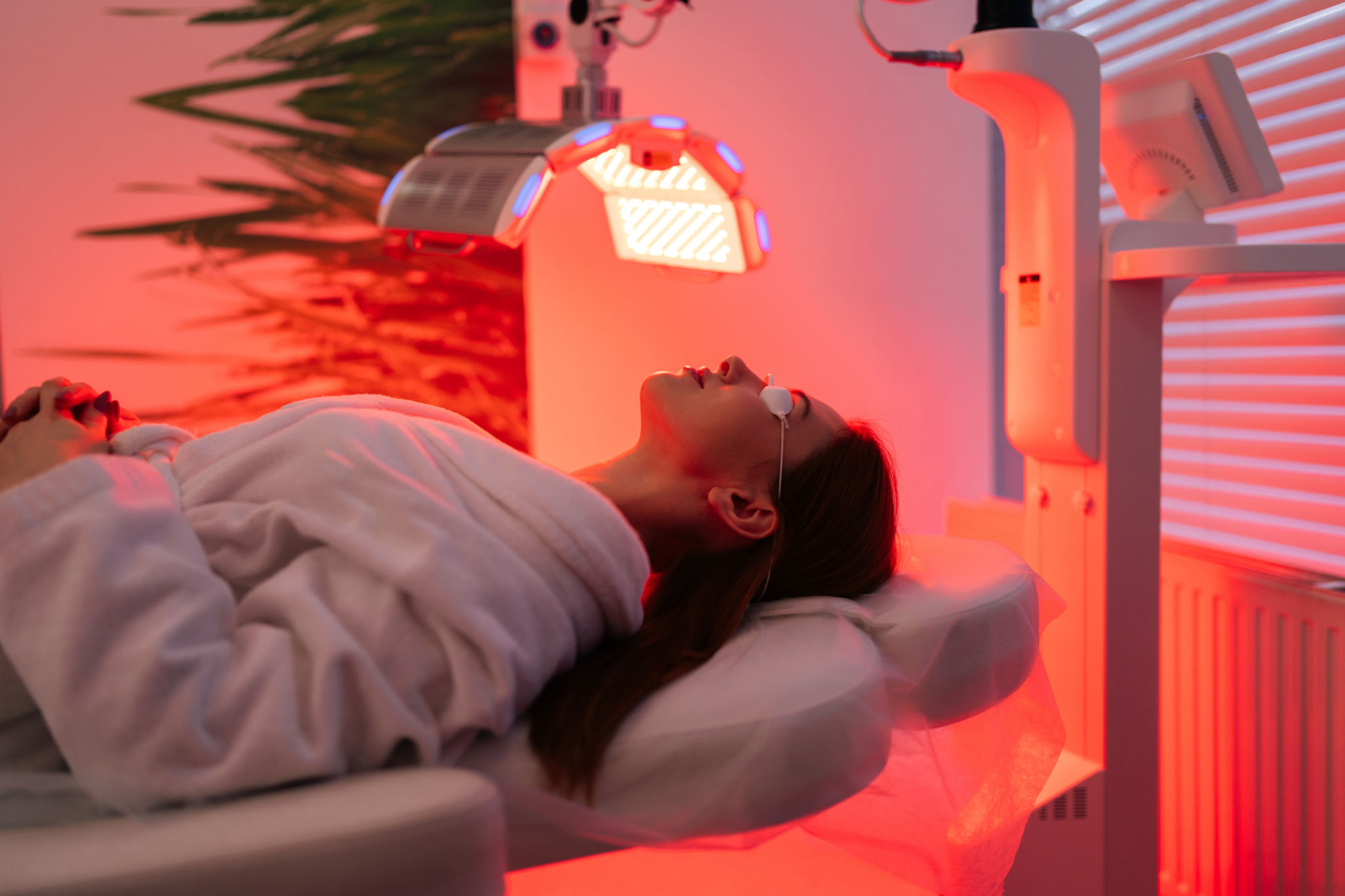Seasonal Affective Disorder: How Therapy Can Help You Cope
Understanding Seasonal Affective Disorder (SAD)
Seasonal Affective Disorder (SAD) is a type of depression that typically occurs during the colder months when sunlight is scarce. This condition can significantly impact an individual's mood, energy levels, and overall well-being. Recognizing the symptoms of SAD is crucial, as early intervention can help manage its effects more effectively.
Common symptoms of SAD include feelings of sadness, low energy, difficulty concentrating, and changes in sleep and appetite. If left unaddressed, these symptoms can interfere with daily life and personal relationships.

The Role of Therapy in Managing SAD
Therapy is a powerful tool for managing Seasonal Affective Disorder. It provides individuals with a safe space to explore their feelings and develop coping strategies. Engaging with a professional therapist can help in understanding the root causes of SAD and working towards effective solutions.
Cognitive Behavioral Therapy (CBT) is particularly effective for those suffering from SAD. This form of therapy focuses on changing negative thought patterns and behaviors that contribute to depression. By learning to replace negative thoughts with more positive ones, individuals can improve their mood and outlook on life.

Benefits of Therapy for SAD
Therapy offers numerous benefits for those struggling with Seasonal Affective Disorder. Some of these benefits include:
- Developing personalized coping strategies
- Improving emotional regulation
- Enhancing self-awareness and self-esteem
- Building a supportive relationship with a therapist
These benefits can lead to significant improvements in quality of life, allowing individuals to navigate the challenges of SAD more effectively.
Incorporating Light Therapy
For many people with SAD, light therapy is an essential component of treatment. This involves exposure to bright artificial light that mimics sunlight, which can help regulate mood and sleep patterns. When combined with traditional therapy sessions, light therapy can enhance overall treatment efficacy.

It's important to consult with a healthcare provider before starting light therapy to ensure it's suitable for your specific needs and to determine the appropriate duration and intensity.
Additional Coping Strategies
In addition to therapy and light exposure, there are several other strategies that can help manage symptoms of SAD:
- Maintaining a regular exercise routine
- Spending time outdoors during daylight hours
- Practicing mindfulness and relaxation techniques
- Ensuring a balanced diet rich in nutrients
These strategies can complement therapeutic approaches, providing a holistic framework for managing SAD.

Conclusion: Seeking Professional Help
If you suspect that you or a loved one may be experiencing Seasonal Affective Disorder, it’s important to seek professional help. Therapy can offer valuable support and tools to cope with the effects of SAD, ultimately leading to a healthier, more balanced life.
Don't hesitate to reach out to mental health professionals who specialize in seasonal mood disorders. Early intervention is key to managing symptoms effectively and improving overall well-being.